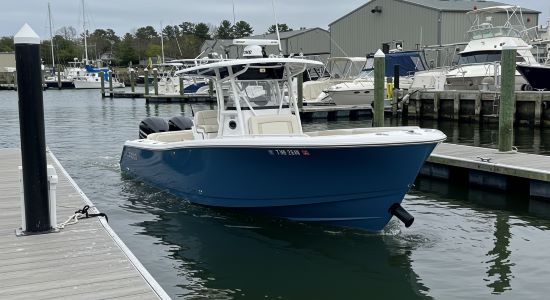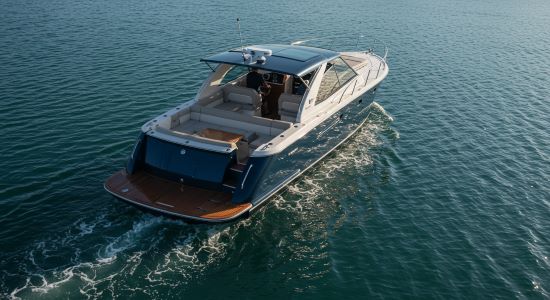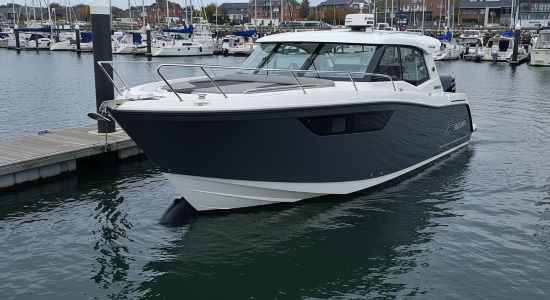What maintenance is required for bow thruster kits?
Inspect the thruster regularly for debris, corrosion, or damage. Clean the blades and housing to remove salt and grime.
Check the gear oil level and replace it if necessary. Lubricate moving parts to ensure smooth operation. Test the system frequently to confirm proper functionality. Replace worn components like seals, brushes, or anodes promptly.
Keep a maintenance log to track inspections and repairs. Regular care extends the thruster's lifespan and prevents costly repairs.
How often should bow thrusters be serviced?
Bow thrusters should be inspected at least once a year. Regular checks help catch small issues before they become major problems. Clean the thruster and surrounding area during each inspection. Replace worn parts like seals and brushes as needed. Check the gear oil level and quality every six months. Test the system after servicing to ensure proper functionality. Keep a log of maintenance tasks for future reference.





